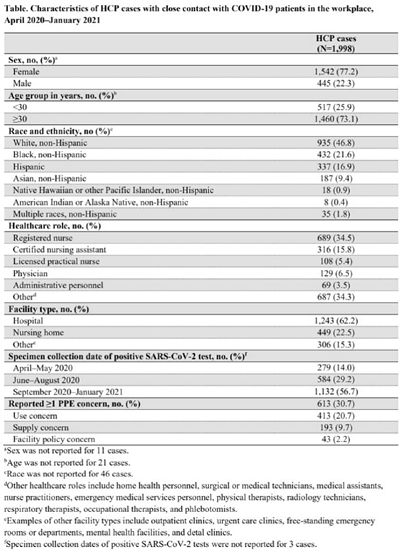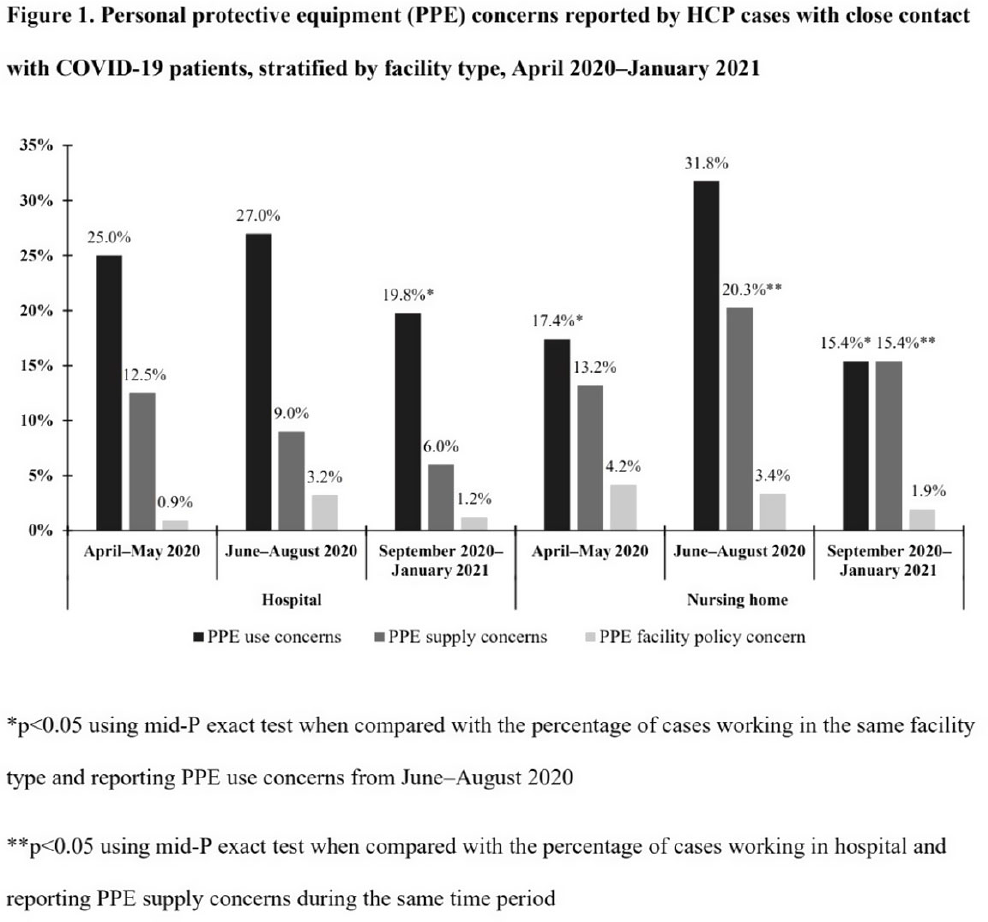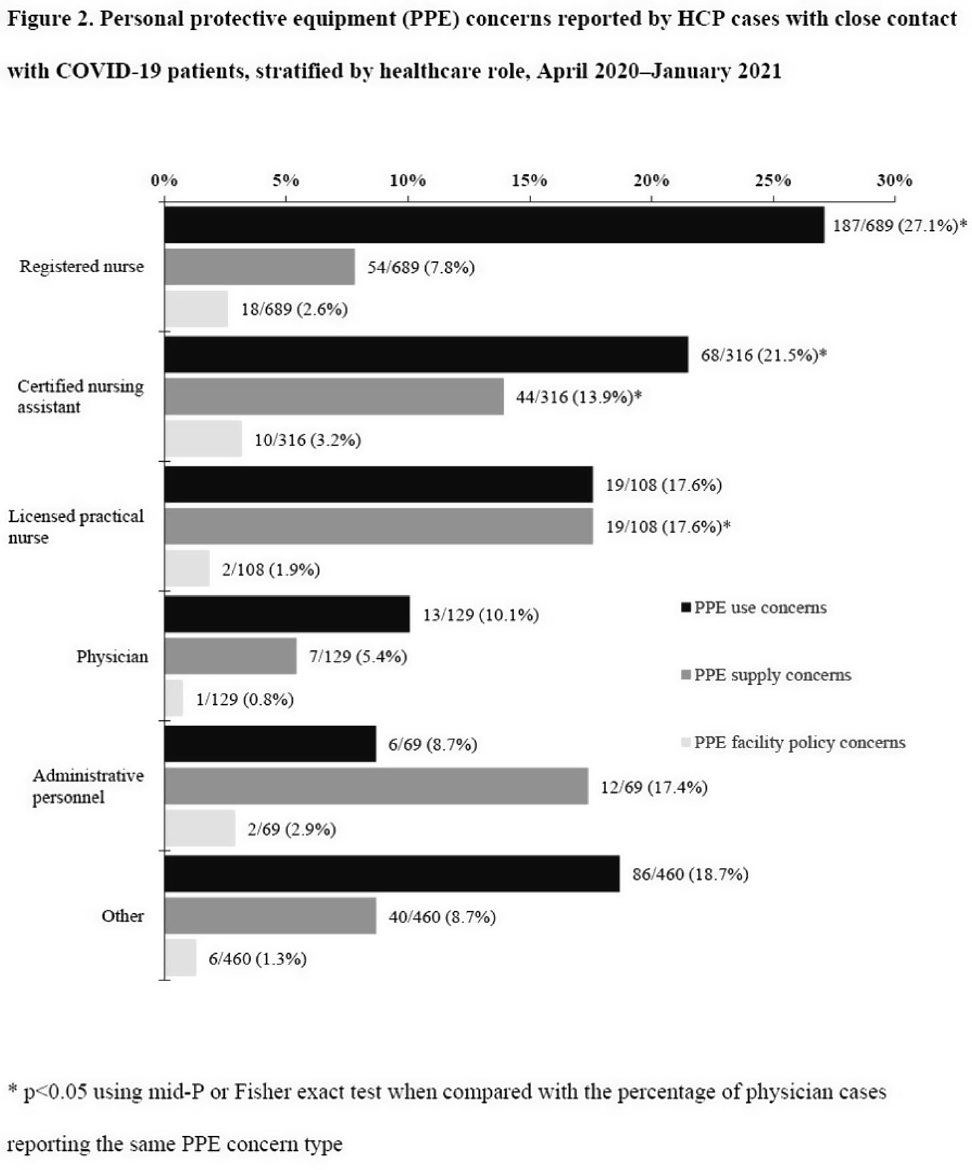278 results
13 Prognostication in super refractory status epilepticus: Preliminary results from an international survey study
- Part of
-
- Journal:
- Journal of Clinical and Translational Science / Volume 8 / Issue s1 / April 2024
- Published online by Cambridge University Press:
- 03 April 2024, p. 4
-
- Article
-
- You have access
- Open access
- Export citation
Clostridioides difficile infection across the lifespan: Estimation using life tables
-
- Journal:
- Infection Control & Hospital Epidemiology / Volume 45 / Issue 5 / May 2024
- Published online by Cambridge University Press:
- 25 January 2024, pp. 681-683
- Print publication:
- May 2024
-
- Article
- Export citation
A force sensor improves trainee technique for rigid endoscopy
-
- Journal:
- The Journal of Laryngology & Otology , First View
- Published online by Cambridge University Press:
- 17 January 2024, pp. 1-4
-
- Article
-
- You have access
- Open access
- HTML
- Export citation
The Validity of the Argument from Inductive Risk
-
- Journal:
- Canadian Journal of Philosophy / Volume 53 / Issue 2 / February 2023
- Published online by Cambridge University Press:
- 15 January 2024, pp. 187-190
-
- Article
-
- You have access
- Open access
- HTML
- Export citation
2 Musical perception skills in Agenesis of the Corpus Callosum
-
- Journal:
- Journal of the International Neuropsychological Society / Volume 29 / Issue s1 / November 2023
- Published online by Cambridge University Press:
- 21 December 2023, pp. 5-6
-
- Article
-
- You have access
- Export citation
Comparison of virus aerosol concentrations across a face shield worn on a healthcare personnel during a simulated patient cough
-
- Journal:
- Infection Control & Hospital Epidemiology / Volume 45 / Issue 2 / February 2024
- Published online by Cambridge University Press:
- 23 August 2023, pp. 221-226
- Print publication:
- February 2024
-
- Article
- Export citation
Never too early: the impact of a shadowing programme in paediatric and congenital cardiac surgery for undergraduate college students
-
- Journal:
- Cardiology in the Young / Volume 33 / Issue 4 / April 2023
- Published online by Cambridge University Press:
- 03 May 2023, pp. 514-519
-
- Article
-
- You have access
- Open access
- HTML
- Export citation
Heights on stacks and a generalized Batyrev–Manin–Malle conjecture
- Part of
-
- Journal:
- Forum of Mathematics, Sigma / Volume 11 / 2023
- Published online by Cambridge University Press:
- 03 March 2023, e14
-
- Article
-
- You have access
- Open access
- HTML
- Export citation
Heatwaves and Air Pollution: A Deadly Combination for Human Health in South Asia
-
- Journal:
- Prehospital and Disaster Medicine / Volume 38 / Issue 2 / April 2023
- Published online by Cambridge University Press:
- 01 March 2023, pp. 274-275
- Print publication:
- April 2023
-
- Article
- Export citation
David Rock, The British in Argentina: Commerce, Settlers and Power, 1800–2000 (Basingstoke: Palgrave Macmillan, 2019), xxi + 424 pp.
-
- Journal:
- Journal of Latin American Studies / Volume 55 / Issue 1 / February 2023
- Published online by Cambridge University Press:
- 17 March 2023, pp. 166-168
- Print publication:
- February 2023
-
- Article
- Export citation
Antimicrobial physician and pharmacist experience and perception of an antimicrobial Self-Stewardship Time-Out Program (SSTOP) intervention at eight Veterans’ Affairs medical centers
-
- Journal:
- Infection Control & Hospital Epidemiology / Volume 44 / Issue 9 / September 2023
- Published online by Cambridge University Press:
- 24 January 2023, pp. 1511-1514
- Print publication:
- September 2023
-
- Article
- Export citation
The Evolutionary Map of the Universe Pilot Survey – ADDENDUM
-
- Journal:
- Publications of the Astronomical Society of Australia / Volume 39 / 2022
- Published online by Cambridge University Press:
- 02 November 2022, e055
-
- Article
- Export citation
13 - Social Inequalities in Vocabulary and the Role of Reading
- from Part Two - Continuity and Change
-
-
- Book:
- Language Development
- Published online:
- 11 August 2022
- Print publication:
- 25 August 2022, pp 302-321
-
- Chapter
- Export citation
Burkholderia cepacia complex outbreak linked to a no-rinse cleansing foam product, United States – 2017–2018
-
- Journal:
- Epidemiology & Infection / Volume 150 / 2022
- Published online by Cambridge University Press:
- 04 August 2022, e154
-
- Article
-
- You have access
- Open access
- HTML
- Export citation
Chapter 4 - Experiences of Stigma and Criminal In/Justice among People Who Use Substances
-
-
- Book:
- The Stigma of Substance Use Disorders
- Published online:
- 23 June 2022
- Print publication:
- 09 June 2022, pp 46-67
-
- Chapter
- Export citation
War in the Time of COVID-19 Crisis: A Public Health Emergency in Ukraine
-
- Journal:
- Prehospital and Disaster Medicine / Volume 37 / Issue 4 / August 2022
- Published online by Cambridge University Press:
- 27 May 2022, pp. 568-569
- Print publication:
- August 2022
-
- Article
-
- You have access
- HTML
- Export citation
Characteristics of healthcare personnel who reported concerns related to PPE use during care of COVID-19 patients
-
- Journal:
- Antimicrobial Stewardship & Healthcare Epidemiology / Volume 2 / Issue S1 / July 2022
- Published online by Cambridge University Press:
- 16 May 2022, pp. s8-s9
-
- Article
-
- You have access
- Open access
- Export citation
Prevalence of mental disorders in defendants at criminal court
-
- Journal:
- BJPsych Open / Volume 8 / Issue 3 / May 2022
- Published online by Cambridge University Press:
- 12 May 2022, e92
-
- Article
-
- You have access
- Open access
- HTML
- Export citation
Modeling clinical trajectory status of critically ill COVID-19 patients over time: A method for analyzing discrete longitudinal and ordinal outcomes
-
- Journal:
- Journal of Clinical and Translational Science / Volume 6 / Issue 1 / 2022
- Published online by Cambridge University Press:
- 25 April 2022, e61
-
- Article
-
- You have access
- Open access
- HTML
- Export citation
371 Decreased Contraction Rate, Altered Calcium Transients, and Increased Proliferation seen in Patient-specific iPSC-CMs Modeling Ebsteins Anomaly and Left Ventricular Noncompaction
-
- Journal:
- Journal of Clinical and Translational Science / Volume 6 / Issue s1 / April 2022
- Published online by Cambridge University Press:
- 19 April 2022, pp. 69-70
-
- Article
-
- You have access
- Open access
- Export citation









